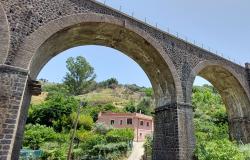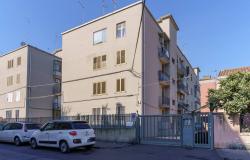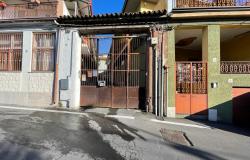 A newly discovered Caravaggio painting will go on public show for the first time ever this weekend, part of an exhibition devoted to the 17th-century master's work.
A newly discovered Caravaggio painting will go on public show for the first time ever this weekend, part of an exhibition devoted to the 17th-century master's work.
Visitors will be treated to 15 works by Caravaggio but the star of the event in the western Sicilian city of Trapani will be a long-lost replica of his renowned masterpiece The Card Sharps ('I Bari').
The painting was recently rediscovered by British art historian Sir Denis Mahon, who spotted the grimy painting for sale in an auction catalogue in London, where it was described as the work of a Caravaggio follower.
Mahon, one of the world's top Caravaggio experts, bought the painting for 50,000 pounds.
After cleaning it, he established it was the work of the master himself, since confirmed by X-ray tests and other Caravaggio scholars.
Experts agree it was probably a first version of The Card Sharps. That work, worth some $50 million, is in the Kimbell Art Museum in Fort Worth, Texas.
The two paintings, which are nearly identical, show a young, well-dressed man playing cards and being duped by two other men.
But despite the similarity in appearance, said Italian art historian Maurizio Marini, there are some important distinctions between the two.
''The London painting is technically very different, completed in the Venetian, layered style,'' he said.
''Meanwhile, the colour in the Fort Worth painting is less concentrated and the artist has used more expensive materials, such as malachite, cochineal and lapis lazuli, indicating the importance of the commission''.
Another difference is the perspective, which is slightly more sophisticated in the Fort Worth painting, foregrounding the group, rather than showing it from above.
The Cardinal del Monte is thought to have eventually acquired both paintings, which were completed at different times during the period 1594-6.
Although the rediscovered work will be the star of the Trapani event, the exhibit will also feature a number of other Caravaggio greats.
The master completed the majority of these during a nine-month stay in Sicily, having fled Rome after killing a man in a tavern brawl.
The pieces, on loan from public and private collections around the world, mainly feature religious subjects, unlike his earlier, more worldly paintings.
His Sicily works were among Caravaggio's final paintings. After leaving the island he travelled to Naples and then to Porto Ercole north of Rome where he died of a fever in 1610, aged 39.
The exhibition, which marks 400 years since Caravaggio's stay in Sicily, runs from December 15 until March 14 in Trapani's Pepoli Museum.











